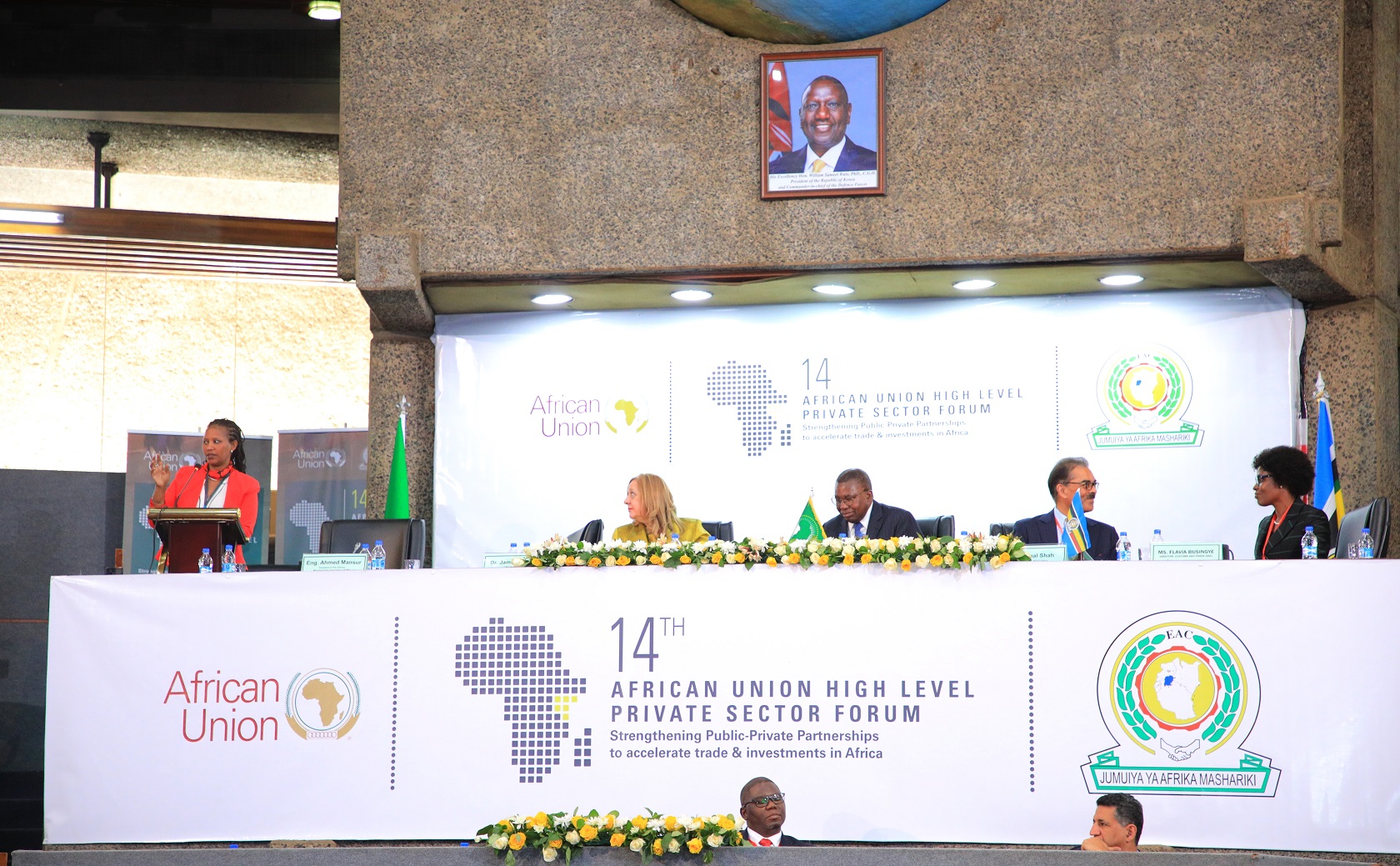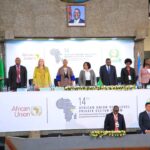The East African Community (EAC) has unveiled an online tool to measure the performance of the 22 One Stop Border Posts (OSBPs) across the region.
The EAC Secretary General in charge of Customs, Trade and Monetary Affairs, Annette Ssemuwumba, unveiled the One Stop Border Post Performance Measurement Tool on behalf of the EAC Secretary General, Dr. Peter Mathuki, during the opening session of the 14th African Union High Level Private Sector Forum that is taking place in Nairobi, Kenya this week.
Ssemuwemba announced that the tool is now ready for use and that Partner States and stakeholders will embark on data collection, sensitisation on use and full roll out.
OSPBs are an important infrastructure at border crossing points and contribute to spur intra-regional trade by reducing the costs of doing business through reduction of time and costs taken to cross borders. Further, OSBPs eliminate multiplicity of documentation associated with two-stop border posts’ bureaucracies.
Lack of data to inform decision making on major aspects such as OSBP performance, human resources and state of the physical and digital infrastructure have often slowed down collective action for optimal performance of existing OSBPs.
The OSBP Performance Measurement Tool will involve a range of measurements including time spent on administrative procedures, reduction of transport costs, reduction of inventory costs, and an increase in revenue collection and trade.
Customs administrators in the EAC region will use the data generated by the measurement tool to assess OSBP performance and institute improvement strategies. Specifically, the tool has been developed to provide the necessary mechanism to measure the performance of OSBPs on six fronts, namely: Time, Cost, Volume/ Throughput, Infrastructure, Inter-Agency Coordination and User Satisfaction.
Ssemuwemba said OSBPs are central to the implementation of infrastructure projects and enhanced interconnectivity of markets, as well as regional integration on the continent as a solution to delays and costs of transport of goods and passengers.
“The OSBP Performance Measurement tool will enable us to collect and analyse data in real-time, giving us up-to-date performance rates, including wait times, clearance processes, and trade flows. This real-time reporting will enable us to promptly identify bottlenecks and any other issues, therefore facilitating quicker decision-making and effective resource allocation”, said the Deputy Secretary General.
The OSBP performance measurement tool has been developed with support from USAID through TradeMark Africa – TMA (formerly TradeMark East Africa). This complements TMA partnership with EAC Partner States to build and operationalise 16 out of the EAC region’s 22 OSBPs, investing over US$117 million.
The TradeMark Africa Senior Director for Trade Environment, Alban Odhiambo, said there was a need for the region to ensure a return on investment on the development of the OSBPs through enhanced trade in the region.
“A lot of human, time and monetary capital has been invested in putting up the OSBPs, we must therefore ensure we derive the most value through regular monitoring and enhancements as this is important to keeping down the costs of doing business in EAC,” said Odhiambo.
The EAC continues to put concerted efforts to improve overall trade facilitation and business environment. Some of the measures that have been introduced include the implementation of the Single Customs Territory (SCT) which has reduced the time and cost of cargo transportation from the ports to the hinterland, and the Authorised Economic Operator (AEO) Scheme, which offers priority clearance of goods for trusted operators and the One Stop Border Posts (OSBPs), which has shifted border operations to one side of the border in the country of entry and ensures that all transactions are conducted at once by all agencies involved.
The unveiling ceremony of the EAC OSBP Performance Measurement Tool was attended by Ministers responsible for EAC Affairs from the Partner States and other dignitaries from across the region.






